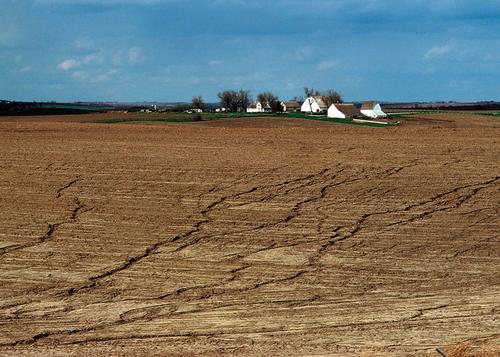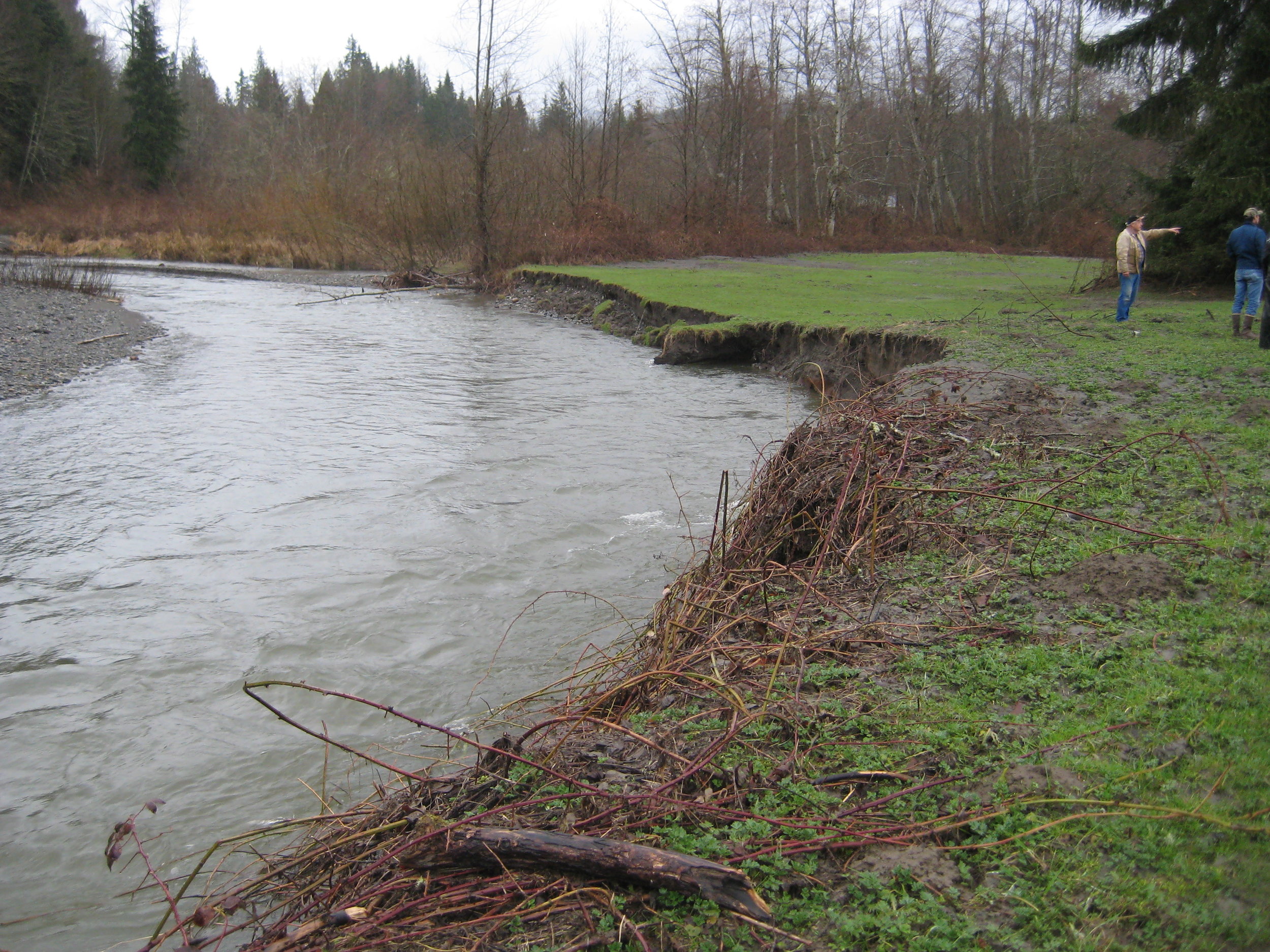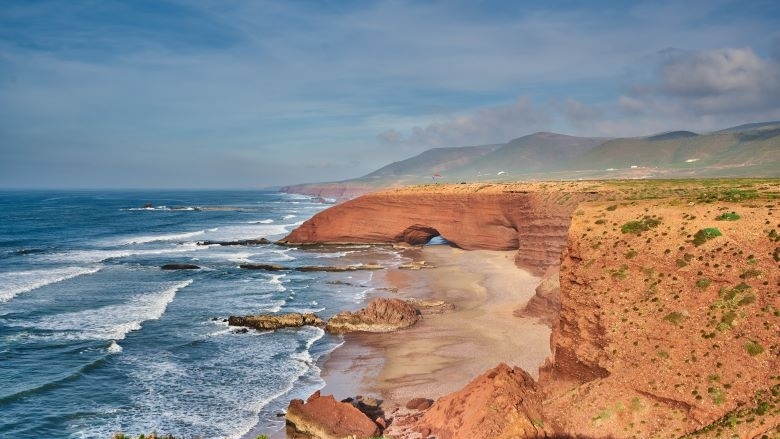SOIL EROSION
WATER EROSION
Water erosion is the process by which water wears away and moves soil and rock from one place to another. It is a natural process that occurs when rainwater or other forms of water flow over the land, and can cause significant damage to the landscape and infrastructure if it occurs in an uncontrolled manner.

Sheet erosion occurs when rainwater or runoff flows over a large, uniform surface, causing a thin layer of soil to be removed. This type of erosion is often difficult to detect as it removes a very thin layer of soil, but it can still have significant impacts on soil fertility, water quality, and plant growth. Sheet erosion can be caused by heavy rainfall, high-intensity storms, or over-irrigation.
Rill erosion occurs when water flow creates small channels or rills in the soil. This can happen when the water moves over sloping or uneven ground, causing it to concentrate in certain areas and creating small channels or rills in the soil. Rill erosion can be more easily seen than sheet erosion and can have a more significant impact on the landscape. It can lead to the loss of topsoil, reduced soil fertility, and increased sedimentation in waterways.

Gully erosion occurs when rills become larger and deeper, creating significant channels or gullies in the landscape. This type of erosion can be caused by intense rainfall or runoff, as well as by the removal of vegetation that would normally stabilize the soil. Gully erosion can result in the loss of soil fertility, reduced water quality, and damage to infrastructure and property.
Streambank erosion occurs when the banks of a river or stream are eroded away by the water, causing the channel to widen. This can be caused by a number of factors, including high water flow, wave action, and the removal of vegetation. Streambank erosion can lead to the loss of valuable land, damage to property and infrastructure, and increased sedimentation in waterways.

Coastal erosion is a type of water erosion that occurs along the coastlines, where the land meets the sea. It is a natural process that is caused by the action of waves, currents, and tides, as well as other factors such as sea level rise, storm surges, and human activities. Coastal erosion can have significant impacts on the environment, including the loss of land, habitat destruction, and increased sedimentation in waterways. It can also have serious economic impacts, such as damage to infrastructure and property, and loss of tourism revenue.


